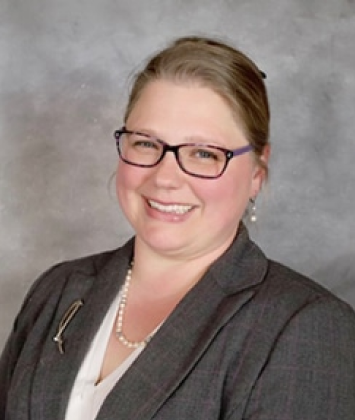Coming up with an idea that makes your brand stand out is just the beginning of your entrepreneurial success. Importantly, you also need to protect the mark that makes your company unique with a registered trademark. But filing a trademark application isn’t as simple as filling out a form and submitting it to the United States Patent and Trademark Office (USPTO) for approval. The goods and services you’re marketing must be identified and registered in specific trademark classes, which isn’t necessarily as easy as it sounds.
What’s a Trademark Class?
Trademark classes are the way in which goods and services are organized by the USPTO. These classes are used for filing trademark applications, assessing fees, and searching the database to look for similar marks. Every trademark registered for a product or service falls into an international class ranging in number from 001 to 045. Specifically, 34 classes apply to goods and 11 cover services.
A trademark can be registered in more than one class for maximum protection from infringement. However, a class will always contain either goods or services — they never overlap. It’s essential to ensure the correct class is selected on your application based on your product or services. Critically, if you have both goods and services, multiple classes must be selected.
What’s the Difference Between Goods and Services?
Your trademark must be associated with at least one product or service in order to be registered. Although the word “trademark” is used interchangeably for both goods and services, the device used to distinguish services is also known as a “service mark.” Both types of marks have the same protections under trademark law and go through the same registration process.
Since many goods are sold in connection with services, understanding which category your mark belongs in can sometimes be confusing. One way you can make the distinction is by considering how your customer would perceive what you are offering. However, it’s not uncommon for a company to register trademarks for both goods and services. For example, a restaurant might have a trademark for its unique food products and a service mark for the restaurant services it offers.
In addition, you must provide an acceptable description of the goods or services when identifying them in your trademark application. While the USPTO publishes a manual that contains pre-approved descriptions you can choose from, you can still use customized language. But it’s crucial to be aware that the USPTO has strict technical requirements. If the language you use in the description does not fall within these guidelines, you could receive an office action or be issued a denial.
What Specimens Are Used for Goods and Services?
When you submit a use-basis trademark application, you are required to include a specimen showing how your mark is being used in the marketplace. For goods, an acceptable specimen can include a photo of the mark shown on the product itself or a photo of the mark on the product packaging. The USPTO will also accept a photo of the products on display or a screenshot of a webpage where the goods are sold.
Although services aren’t tangible, the USPTO still requires a specimen showing how the mark is used in commerce. Acceptable specimens for service marks can include the following:
- Advertisements
- Brochures
- Business cards
- Menus
- Website pages
- Picture of a business sign
Specimens are not required when submitting an intent-to-use application. But eventually, evidence of use will need to be provided to the USPTO. This can be done with an Amendment to Allege Use or a Statement of Use, based on the stage of the application. Any goods or services that are not being used in commerce when the evidence of usage is filed must be deleted, or you can request to divide the original trademark application.
How Do You Know What Class Your Trademark Falls Under?
Determining the class in which your trademark belongs can require an extensive amount of research. Some goods or services can be particularly difficult to categorize — especially those that contain several different components, each of which would otherwise fall into separate classes. For instance, if you’re selling a line of leather jackets, you might wonder whether it falls under Class 025 because it is an article of clothing or Class 018 since it is made from leather. In such cases, you might consider paying the additional fee to file in a coordinated class to ensure your trademark is fully protected.
Coordinated classes are closely related groupings that cross over with the primary class category. The USPTO has established coordinated classes to make the filing process easier for applicants. The groupings can also be helpful with conducting a TESS search to clear use of your mark.
Identifying the correct class and any coordinated classes for your mark can be challenging. If you select too many trademark classes, there may be an increased risk that a similar mark has already been registered in one of them. By selecting too few classes, you can potentially face future legal issues in the event another business registers a mark similar to yours in a different class. Additionally, failure to select the correct class at the time of registration can result in having to start the application process again and incurring an additional filing fee.
Significantly, once you have filed your trademark application, additional classes cannot be added. A separate application must be submitted to safeguard your mark for any new goods or services you are offering.
Contact an Experienced Trademark Registration Attorney
Registering a trademark is complex and it’s best to have the knowledge of an experienced trademark attorney who can assist you with filing your application correctly. Located in Ann Arbor, Michigan, the Trademark Lawyer Law Firm, PLLC works with entrepreneurs in a wide variety of industries to help ensure their marks are protected from wrongdoers who seek to profit from their company’s reputation and goodwill. Contact us today to schedule a free 15-minute consultation to learn how we can help.





